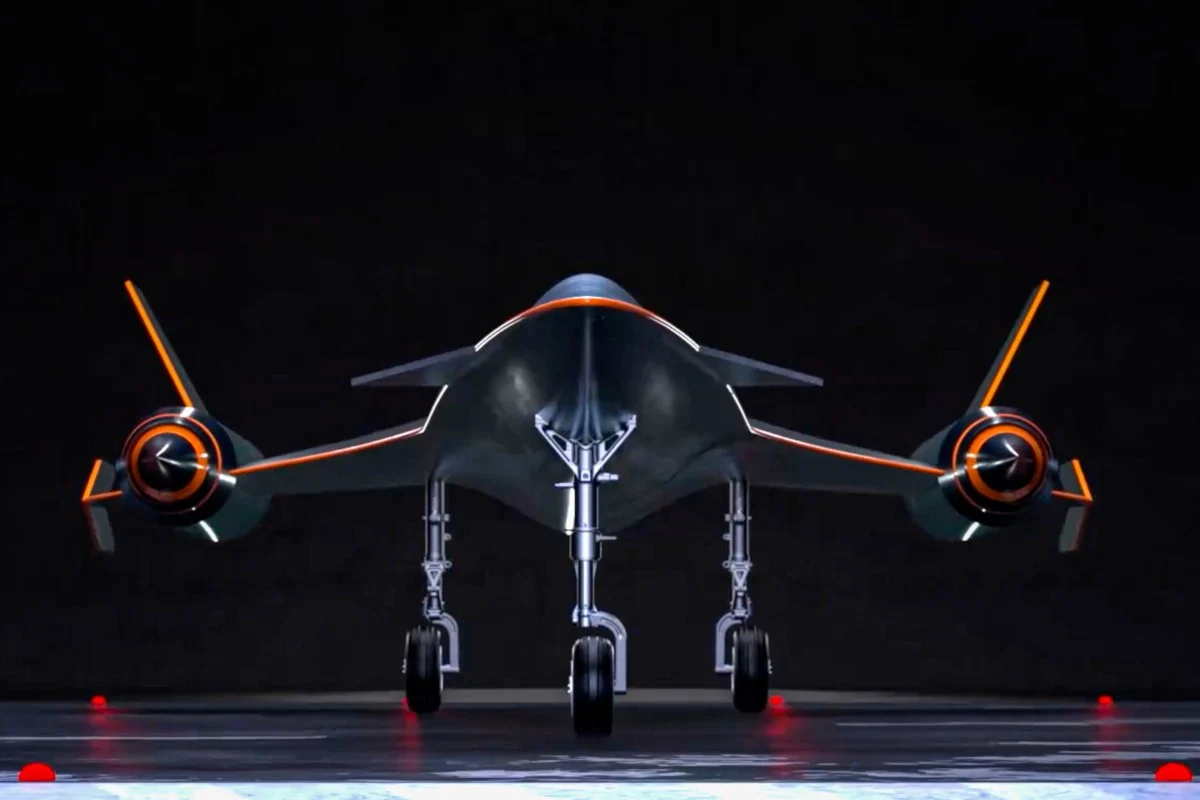A Chinese firm with its headquarters in Beijing announced that it has tested the prototype of a commercial transport plane that can travel at almost double the speed of the world’s first supersonic passenger-carrying airplane – the Concorde.
Space Transportation, which is known as Lingkong Tianxing Technology, in China has announced the successful test flight of its Yunxing prototype plane. According to the company’s claims, the plane can fly at speeds of Mach 4 or roughly 3069 miles per hour.
The company is planning to conduct a follow-up test of its engine in the coming month, according to a report by the South China Morning Post (SCMP). It also plans to have a full-sized supersonic jet ready to take its first flight in the year 2027.
China’s supersonic jet and Concorde’s legacy
The Concorde had broken all records for supersonic passenger travel when it debuted. Designed and built by Sud Aviation – which later became a part of Aerospatiale (now Airbus) of France and the British Aircraft Corporation, it is still talked about as one of the masterpieces of aviation technology.
The Concorde was the first turbojet-powered supersonic airliner to enter service flying passengers across the Atlantic at twice the speed of sound. Using Rolls-Royce Olympus engines, the aircraft could reach a maximum speed of 1,330 miles per hour.
The Chinese firm now aims to break this record by introducing a commercial plane that can fly at Mach 4 speed. The SCMP report mentions that the company claims to complete a trip between Beijing to New York in around two hours using the new plane.
The new aircraft prototype designed by Space Transportation also has other interesting features. These include the ability to take off and land vertically and to fly at heights of about 65,600 feet (20,000 meters).
Space Transportation and its new plane
Space Transportation designs and manufactures space transport systems intended to reduce space exploration costs. It was founded in 2018 by Yudong Wang, and in 2021 it had raised Series A funding.
In May 2022, Lingkong Tianxing successfully completed the Yao-10 flight mission of the Tianxing I rocket.
The company has a full-system design, and research and development capabilities in the field of hypersonic aircraft and rockets.
It also has experience in the full-process design of flight test project load analysis and calculation, modal analysis, force environment identification analysis, structural force transmission path planning, pre-design strength prediction, structural design, strength verification, strength testing, and environmental testing, according to its website.
The SCMP report mentions that the company tested the Yunxing supersonic jet on several parameters, including its aerodynamics, thermal protection, and control systems
So is this a plane plane or a sub-orbital ballistic missile with people on it plane?
Aerospace has so many dual-use technologies. A “fun” example is the side boosters of the Ariane 5 and 6 rockets. They’re basically just slightly-modified versions of France’s submarine-launched nuclear-armed ballistic missiles. France likes this arrangement because it means the ESA is effectively subsidizing France’s ballistic missile R&D.
Most early rockets were repurposed ICBM tech. NASA was created as a public front for the militarization of space.
Yeah, most famously the rockets that launched the Mercury and Gemini capsules. I can understand using them at the time. They were powerful rockets that already existed and were proven to work reliably. It was relatively cheap and easy for NASA to simply call up the defence contractors who made them and order a few more off the assembly lines and customize them afterwards.
The whole Gemini program was just insane in retrospect. For example, the emergency abort system was basically beefed-up ejection seats. Fortunately they never had to be used, because they would almost certainly have killed the crew if attempted.
Mercury had used a much safer tower-puller system, and NASA wisely decided to go back to that design with Apollo. Ironically the test of the Apollo abort system went terribly wrong when the test rocket started to rotate out of control and rip itself apart form the centrifugal forces. But the abort system worked perfectly in that unexpected situation, and proved the safety of the design better than anyone had hoped.
I found YouTube links in your comment. Here are links to the same videos on alternative frontends that protect your privacy:
Link 1:
Link 2:
I think it’s an air breathing rocket engine, so more the latter
The new aircraft prototype designed by Space Transportation also has other interesting features. These include the ability to take off and land vertically and to fly at heights of about 65,600 feet (20,000 meters).
I’m not trying to be a hater, but this paragraph makes me extremely skeptical of the entire project. Mach 4 is already the upper end of the SR-71’s speed, which would make this a cutting edge aircraft if it could just barely reach that speed with a pair of test pilots in the cockpit, so adding carrying passengers to that capability already strains credulity - and they’re also saying that they want it to be a VTOL, with all of the added weight and complexity that that brings to the project?
Plus the Concorde was ultimately defeated by the reality of Sonic Booms being much worse than ordinary aircraft noise and several countries banning it from breaking the sound barrier in their airspace. The laws of physics haven’t changed since then so there’s no reason to expect that won’t happen again.
I know people love the SR-71 but the design is like 65+ years old and built by the US military industrial complex.
Everyone saw the performance of the Concorde (50 years old) and that wasn’t economical to run.
The X-43 hypersonic plane is what, like two decades old now?
Fair, but it’s still the high water mark for an operational jet aircraft that took off and landed conventionally. The X-43 had to be launched from the nose of a rocket because its scramjet engine couldn’t even be started unless it was already traveling at Mach 6+.
The X-43 had to be launched from the nose of a rocket
I think I saw something about a booster rocket for this one too
I don’t know how it will be commercially viable but still cool
A jet like this will mostly be flying over the Arctic Ocean, so they can let it rip there.
Beijing to New York in around two hours using the new plane
ehhh, seems cool I guess. but wait…
New York to Beijing in around two hours using the new plane
hrrrrrnngg oh my fucking god yes please
lol that’s faster than I can get downtown in the city I live in
Looks a lot like the SR-71 Blackbird recon jet. China bringing advanced MIC tech to the people once again.

Keep in mind this is the computer render, the test is with the fancy engine









